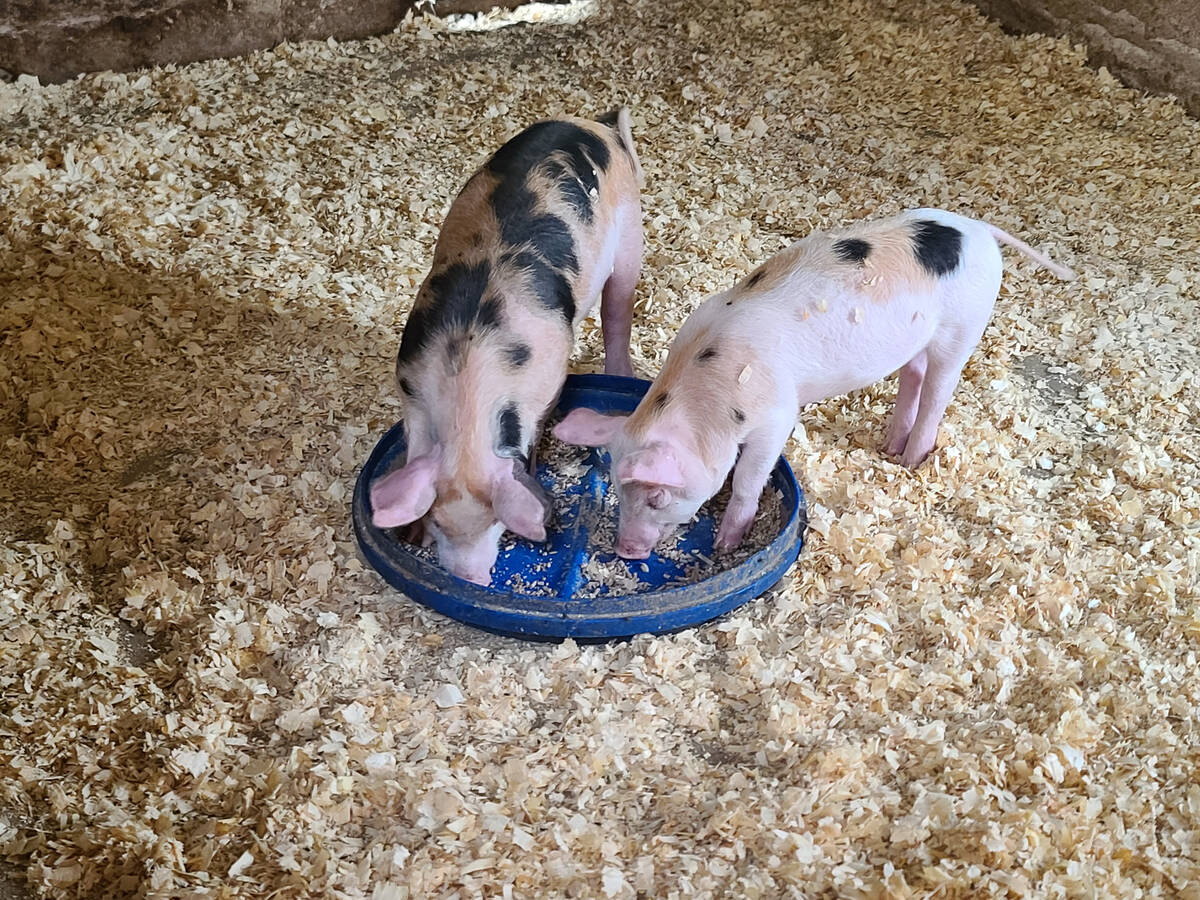Integrated agriculture will likely be one of the Top 10 buzzwords at North American farm conferences and workshops this year, but it will be nothing new for Jim Budzynski.
Budzynski, managing partner of MacroGain Partners, an Indiana investment and consulting firm specializing in agri-food and energy, has been using the phrase for at least a year.
In a presentation he gave at an ag innovation conference in St. Louis last fall, Budzynski described integrated ag as a convergence of four distinct farm business sectors: crop protection, seeds and biotechnology, crop nutrition and equipment-precision ag.
Read Also

African swine fever risk tightens feed ingredient trade rules with Taiwan
Plant-based ingredients bound for Canadian livestock feed will have stricter trade rules if the shipments come from Taiwan, following Canadian Food Inspection Agency changes
He said farmers can improve crop yields, increase the efficiency of inputs and promote environmentally sustainable practices if they successfully combine those four sectors.
“All four of these areas are kind of morphing into one platform,” Budzynski said in a recent interview.
“For example, if Monsanto takes one of their varieties and (uses) a biological product that helps resist fungal pathogens, a biological that improves nutrient availability and site specific plant seed planting equipment… what business are they in? All of them…. They are building platforms across all these lines. At the end of the day, that is about getting efficient.”
Monsanto announced Jan. 8 that it has developed a new technology service called Integrated Farming Systems.
The company described it as a service that will help “farmers get more from every acre by integrating expertise in seed science, field science, data analysis and precision equipment.”
Monsanto said it will use integrated data and technology to provide customized agronomic solutions for a particular field.
“The data driven, scientific technologies Monsanto is developing are things we’ve never had before,” Iowa farmer Jeff Frank said in a Monsanto news release.
“As farmers, we have to take advantage of any opportunity we can to increase our yield potential.”
Monsanto shocked many in the ag investment community in 2013 when it bought Climate Corp., a California firm that provides field scale weather data, for $930 million.
Ignacio Martinez, a partner with Flagship Ventures, a Massachusetts investment firm, said the Climate Corp. purchase was a signal that Monsanto is serious about diversifying beyond seeds, traits and crop protection. It wants to become a service provider, selling information and advice to farmers.
“You see Bayer, Syngenta and Monsanto talking about offering integrated solutions to their customers,” Martinez told an agriculture innovation conference in Winnipeg last fall.
Budzynski said combining knowledge and data from crop nutrition, crop protection, biologics and seeds and biotech could help tackle an agricultural challenge such as phosphorus.
“Phosphate is a perfect example. Rather than continuing to apply more than we need and face some of these non-target effects, how do we make sure the product we put down is available to the plant and not available to wash away and end up in a waterway?” he said.
“To me, these are the science questions as an industry we need to be focused on.”
Budzynski has his own buzzword to describe the trend toward integrated agriculture: Agriculture 3.0.
He said it is similar to sustainable agriculture, with one important caveat.
“To me the missing link in the sustainable ag story is it’s primarily driven by an environmental message,” he said.
“The real driver of Ag 3.0 is the combination of environmental and an economic message.”
Water, fertilizer, seed, technology and other input costs have skyrocketed over the last several years, and it’s now too expensive to grow food inefficiently.
Budzynski said farmers would embrace integrated systems that increase profitability and benefit the environment.
“Economic rationale is always what it takes to get adoption in a price driven industry.”
Field prescriptions:
As part of its foray into agricultural information and consulting, Monsanto is launching a service called FieldScripts in Minnesota, Iowa, Indiana and Illinois this year.
The Monsanto website describes FieldScripts as a service that provides “hybrid matches and a variable rate planting prescription to improve corn yield opportunity.”
Growers usually plant a consistent amount of seed across a field, or plant a variable rate with limited information on “yield environments,” Monsanto says.
Instead, FieldScripts uses information on how particular corn hybrids respond to plant population density to plant less seed in areas with low potential and more seed in high potential areas.















